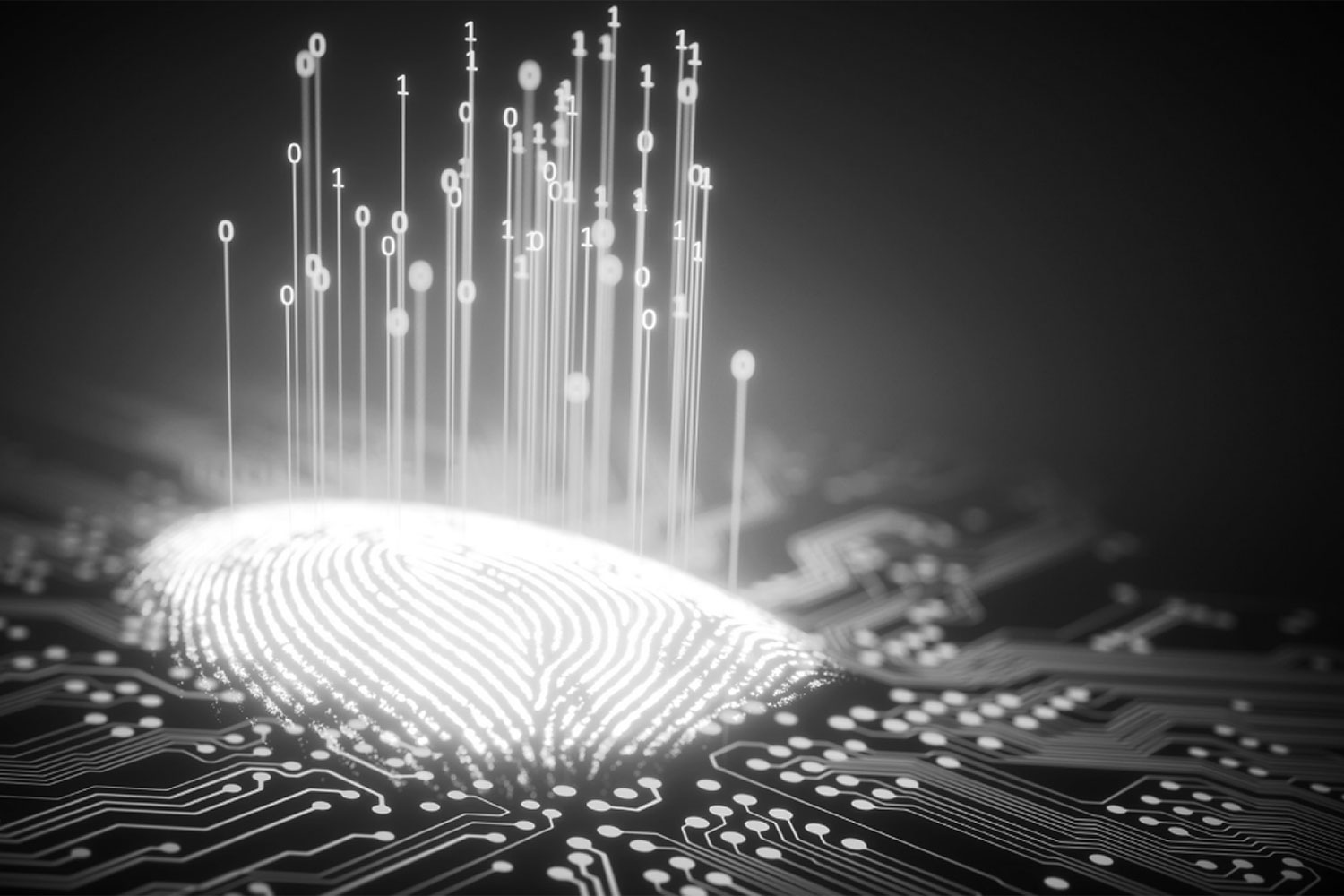Amid the acceleration of digital transformation, 69% of global business leaders say they have noted a significant increase in cyberattacks at their companies this year, according to the 2021 Future of Cyber Survey by Deloitte Global.
However, despite the elevated risk environment, leaders plan to continue to invest heavily in digital transformation -- 94% of chief financial officers looking to move their financial systems or enterprise resource planning (ERP) to the cloud, the survey found.
The findings were based on interviews with 600 global C-level executives at companies with sales of at least US$500 million, focusing on those who have high familiarity with the cybersecurity functions of their organisations, including chief information officers (CIOs) and chief information security officers (CISOs).
While there is no simple solution, there are a number of measures, which, when taken together, can enable organisations to embed cyber in every aspect of their business, say Deloitte experts.
"Over the last year, businesses have been working overtime to remain competitive amid rapid technological change as accelerated digital transformation has drastically increased organisations' vulnerability to cyberattacks," said Emily Mossburg, cyber leader at Deloitte Global.
"As the complexities of integrated environments continue to grow, leaders must prioritise incorporating cyber into every part of their business or risk the consequences of inadequate cyber protections."
With more than half of businesses experiencing an increase in threats throughout 2020, the risks have never been higher as the shift to remote and hybrid working becomes more common for businesses worldwide.

Deloitte experts say there are a number of measures, which, when taken together, can enable organisations to embed cyber in every aspect of their business.
Organisations continue to face challenges balancing investments in digital transformation to remain competitive while protecting their systems from potential breaches.
A clear plurality of CIOs and CISOs surveyed (41%) acknowledged that transformation and gaining visibility across increasingly complex hybrid ecosystems was the greatest challenge they face.
ZERO-TRUST ERA
In building a technology-forward, protected enterprise, these experts said the most significant challenges in managing cyber risk were transformation/hybrid IT (41%) and cyber hygiene (26%).
As a result, companies have adopted Zero Trust -- a set of IT architecture guidelines based on the fundamental principle of "never trust, always verify" -- to bridge the gap between business, IT and cyber domains, reduce operational complexity and simplify ecosystem integration.
Businesses that use Zero Trust are leading the way in organisational change to better enable digital transformation by building security infrastructures to handle the speed of their transformations.
With hackers becoming more sophisticated, organisations are more inclined to increase their cyber defence budgets. Among the survey respondents, almost 75% of leaders at companies with more than $30 billion in revenue reported they will spend more than $100 million on cybersecurity protections this year.
While these investments are being spread relatively evenly to broadly mitigate risk, greater attention is being given to threat intelligence, detection and monitoring, cyber transformation, and data security.
The convergence of technological prowess and increased cyber risk are changing the roles of today's CISOs. As technology becomes further integratesd into daily business initiatives, so should the responsibilities of the CISO.
The survey noted an increase in the number of CISOs reporting to CEOs, going from 32% in 2019 to 42% in 2021 in the United States, and reaching 33% globally. This alignment allows for greater transparency and enhanced engagement at most levels -- most importantly with C-suite executives like CFOs and chief marketing officers, whose relationships with the CISO are critical in mitigating risk and creating authentic, safe customer experiences.
Over the next three years, CIOs and CISOs will continue to prioritise cyber. Respondents ranked security capabilities (64%), enhancing privacy capabilities (59%), demonstrating compliance capabilities (50%), and improving business efficiency and intelligence (45%) as the drivers for their adoption of emerging technologies.
Among respondents from organisations headquartered in Asia Pacific, enhancing privacy capabilities is the top driver of the adoption of emerging technologies (63%), followed by security capabilities (49%) and demonstrating compliance capabilities (49%).

To view the full results of the Future of Cyber Survey, scan the code.
CRUCIAL ENABLER
"With digital transformation impacting every aspect of business, it is becoming apparent that the journey can either enhance business performance or amplify and spread risk," said Dave Kennedy, risk advisory leader with Deloitte Asia Pacific.
"Cyber security is a crucial enabler and integrating a clear and robust cyber strategy into the core of any business will not only help achieve business outcomes, but will also reduce vulnerability from cyberattacks. It is critical to break down institutional silos and get lines of business to collaborate on cybersecurity."
"Data is the core of digital transformation. In recognising the functionality of data and its ability to drive business outcomes and customer experiences, it is equally important to appreciate how it creates value over the long run," added Thio Tse Gan, cyber leader with Deloitte Southeast Asia.
"The foundation of sustaining and preserving shareholder value in an increasingly connected world lies in the ability to manage cyber and data."

